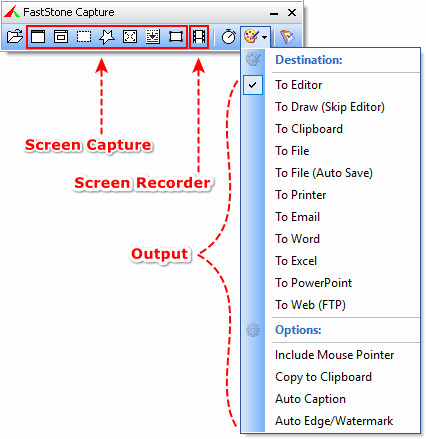Google Chrome Site Settings Key Generation
1.1 Your use of Google’s products, software, services and web sites (referred to collectively as the “Services” in this document and excluding any services provided to you by Google under a separate written agreement) is subject to the terms of a legal agreement between you and Google. You can open the Settings page by clicking on the icon with three stacked horizontal lines to the left of the address bar; this will open up a dropdown menu, and Settings will be located to the bottom of the screen. Users can also type in chrome://chrome/settings/ into the address bar to locate. Trusted sites are those sites that you are confident not to do any harm to your computer and your internet data. Once you add trusted sites in Google Chrome, Chrome will allow you access to the sites even if the trust rating for the site is low.
- Chrome Safe Site Setting
- Google Chrome Site Settings Key Generation Download
- Google Chrome Settings
- Google Chrome Site Settings Key Generation 10
- Google Chrome Site Settings Key Generation Free
- Google Chrome Site Settings Key Generation Free
Chrome Safe Site Setting
 Before you can start using the Google Maps Platform APIs and SDKs, you must sign up and create a billing account.To learn more, see Get Started with Google Maps Platform.
Before you can start using the Google Maps Platform APIs and SDKs, you must sign up and create a billing account.To learn more, see Get Started with Google Maps Platform.Google Chrome Site Settings Key Generation Download
To use the Maps Embed API you must have an API key. The API key is a unique identifier that isused to authenticate requests associated with your project for usage and billing purposes.
Get the API key
You must have at least one API key associated with your project. Python bitcoin address generation and check public key brute force.
To get an API key:

- Visit the Google Cloud Platform Console.
- Click the project drop-down and select or create the project for which you want to add an API key.
- Click the menu button and select APIs & Services > Credentials.
- On the Credentials page, click Create credentials > API key.
The API key created dialog displays your newly created API key. - Click Close.
The new API key is listed on the Credentials page under API keys.
(Remember to restrict the API key before using it in production.)
Google Chrome Settings
Add the API key to your request
You must include an API key with every Maps Embed API request.In the following example, replace YOUR_API_KEY withyour API key.
Reimage PC Repair 2020 Crack Is the new and updated version of the activation software which is available for you with the crack version. It is the latest version of the software, so it has the advanced and features which are added to new technology. Reimage pc repair license key generator 2018. Mar 19, 2020 Reimage PC Repair License Key Full Crack. Furthermore, over time pasts, your system has an excessive amount of unwanted stuff; this unwanted stuff takes too much area and slows down your pc performance. Reimage PC Repair License Key helps you to free your browser and distinctive programs effortlessly. You can free up your treasured picture with. Jan 18, 2020 Reimage License Key: How to Activate Reimage PC Repair with Free Keys January 18, 2020 August 18, 2018 by Petr Kudlacek Reimage PC Repair is a system repair program that diagnoses and detects issues with the operating system.
For more information about MODE and parameters options in the code above, see Forming the URL for the Maps Embed API.
Restrict the API key
We strongly recommend that you restrict your API key. Restrictions provide added security and helpensure only authorized requests are made with your API key. There are two restrictions. You shouldset both:
- Application restriction: Limits usage of the API key to either websites (HTTP referrers), web servers (IP addresses), or mobile apps (Android apps or iOS apps). You can select only one restriction from this category, based on the platform of the API or SDK (see GMP APIs by Platform).
Note: If you need to call web, web service, and/or mobile APIs from the same (client-side) app, create and restrict multiple keys.
- API restriction: Limits usage of the API key to one or more APIs or SDKs. Requests to an API or SDK associated with the API key will be processed. Requests to an API or SDK not associated with the API key will fail. (The API or SDK must be enabled and must support the application restriction.)
Google Chrome Site Settings Key Generation 10
To restrict an API key:
Google Chrome Site Settings Key Generation Free
- Go to the Google Cloud Platform Console.
- Click the project drop-down select the project that contains the API key you want to secure.
- Click the menu button and select APIs & Services > Credentials.
- On the Credentials page, click the name of the API key that you want to secure.
- On the Restrict and rename API key page, set the restrictions:
- Application restrictions
- Select HTTP referrers (web sites).
- Add the referrers.
- API restrictions
- Select Restrict key.
- Click Select APIs and select Maps Embed API.
(If the Maps Embed API is not listed, you need to enable it.) - Click SAVE.
Google Chrome Site Settings Key Generation Free
For Developers > Design Documents > Password Generation
|